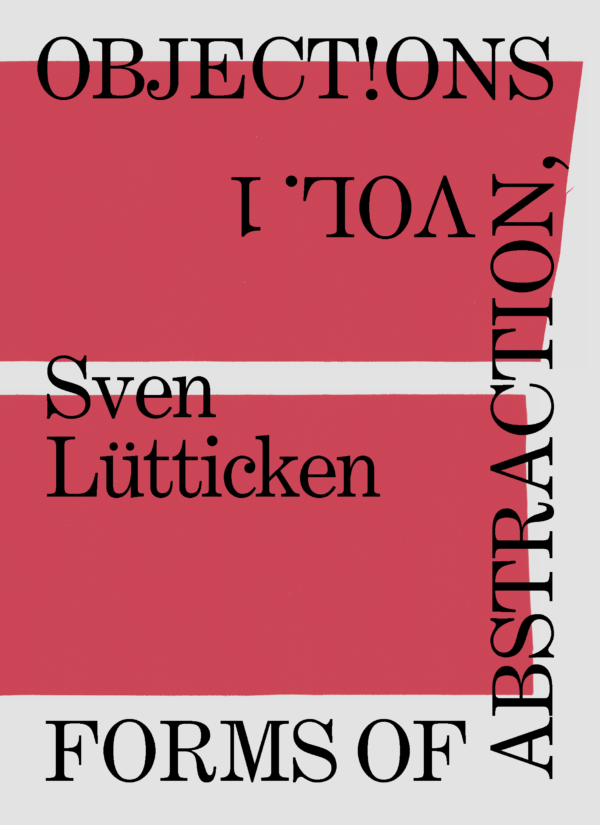Your cart is currently empty.
Cart

Packet #3
Social Distances
Dear friends and colleagues,
In order to remain in dialogue, we are sharing excerpts from a selection of titles over the coming weeks.
Our third packet includes art-historical chapters from Sven Lütticken’s Cultural Revolution: Aesthetic Practice after Revolution and Josephine Berry’s Art and (Bare) Life: A Biopolitical Inquiry; “On Passive Resistance,” a conversation between Vanessa Joan Müller and Cristina Ricupero in New Ways of Doing Nothing; and Mark Fisher’s “We’re Not All in This Together: Public Space and Antagonism in the Wake of Capitalist Realism” from Caring Culture: Art, Architecture and the Politics of Public Health, edited by Markus Miessen and Andrea Phillips.
You can download these excerpts by clicking on the above purchase button. Follow us on Facebook, Twitter, Instagram, or sign up to our newsletter for continued updates.
Stay healthy and take care!
The Sternberg Press team




